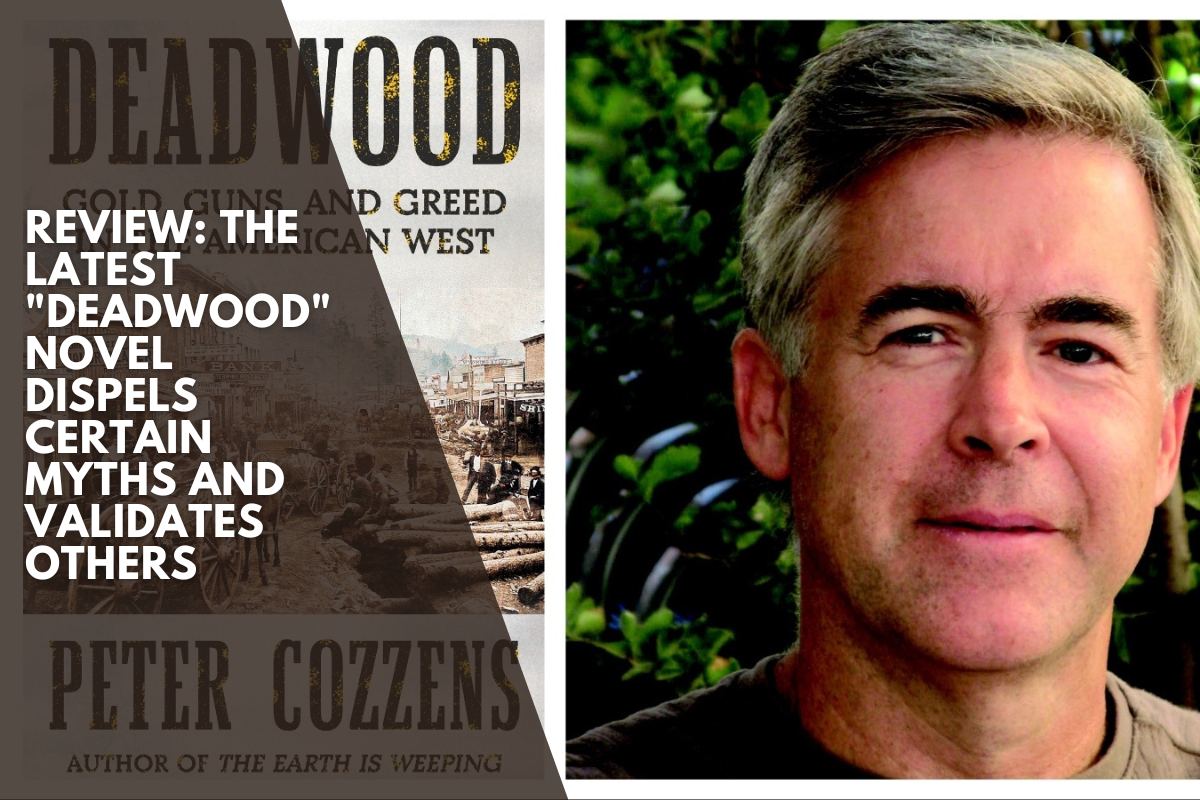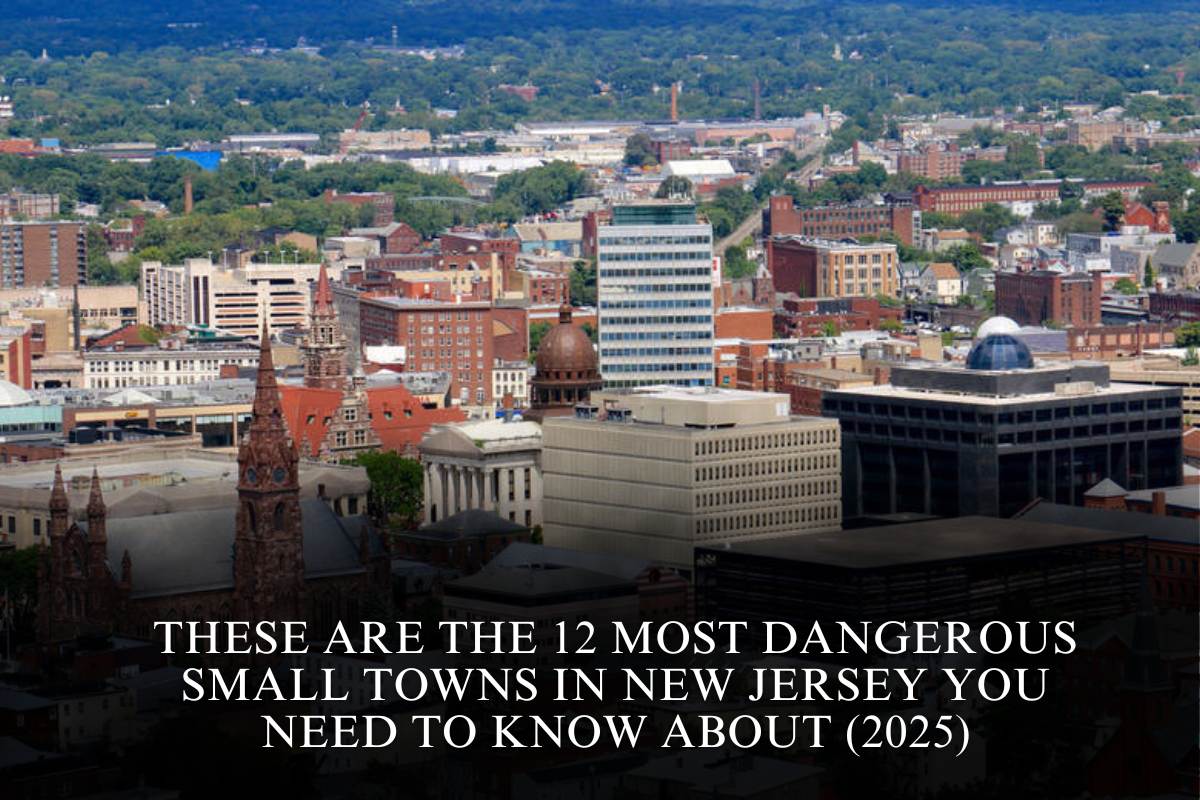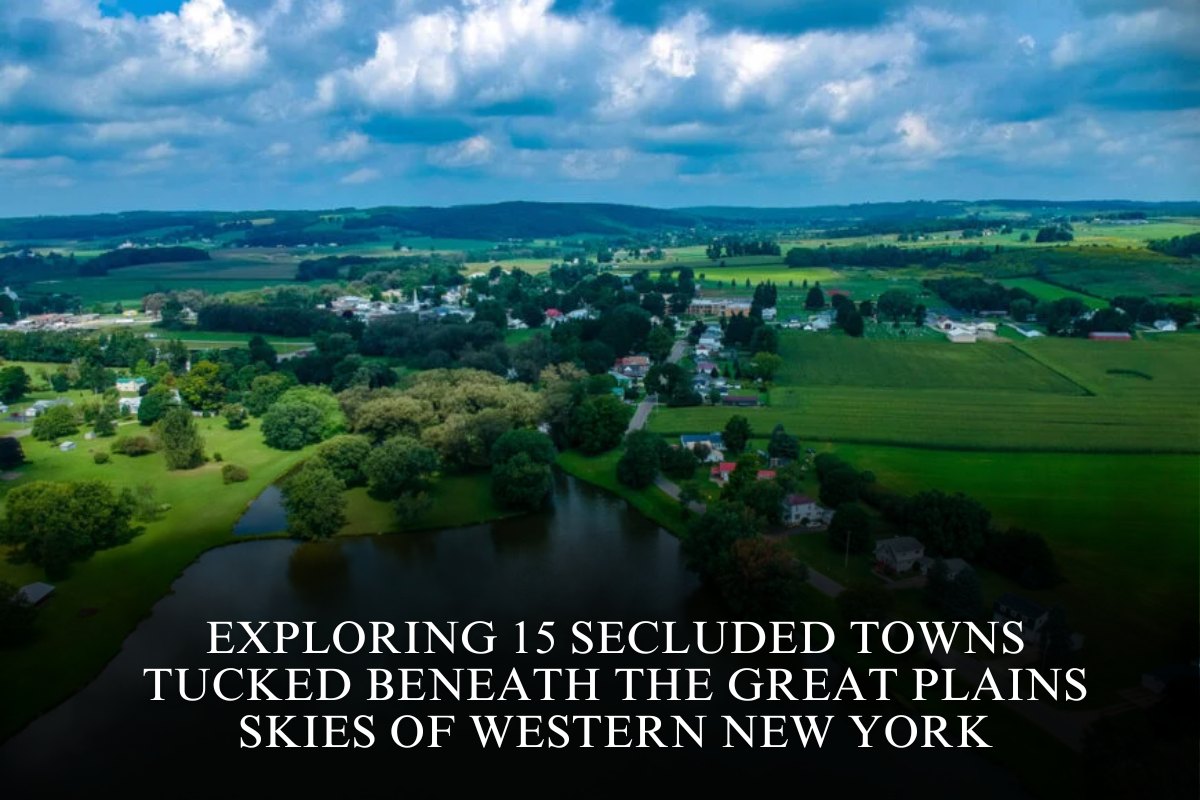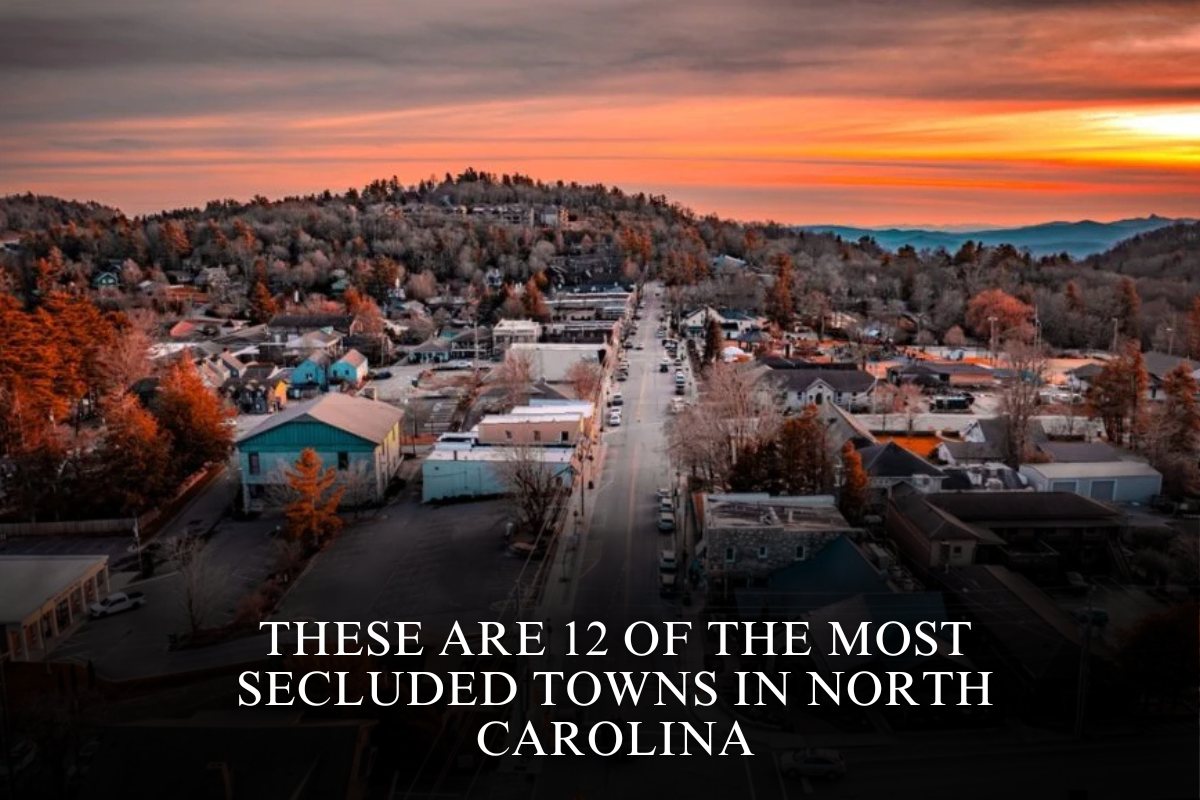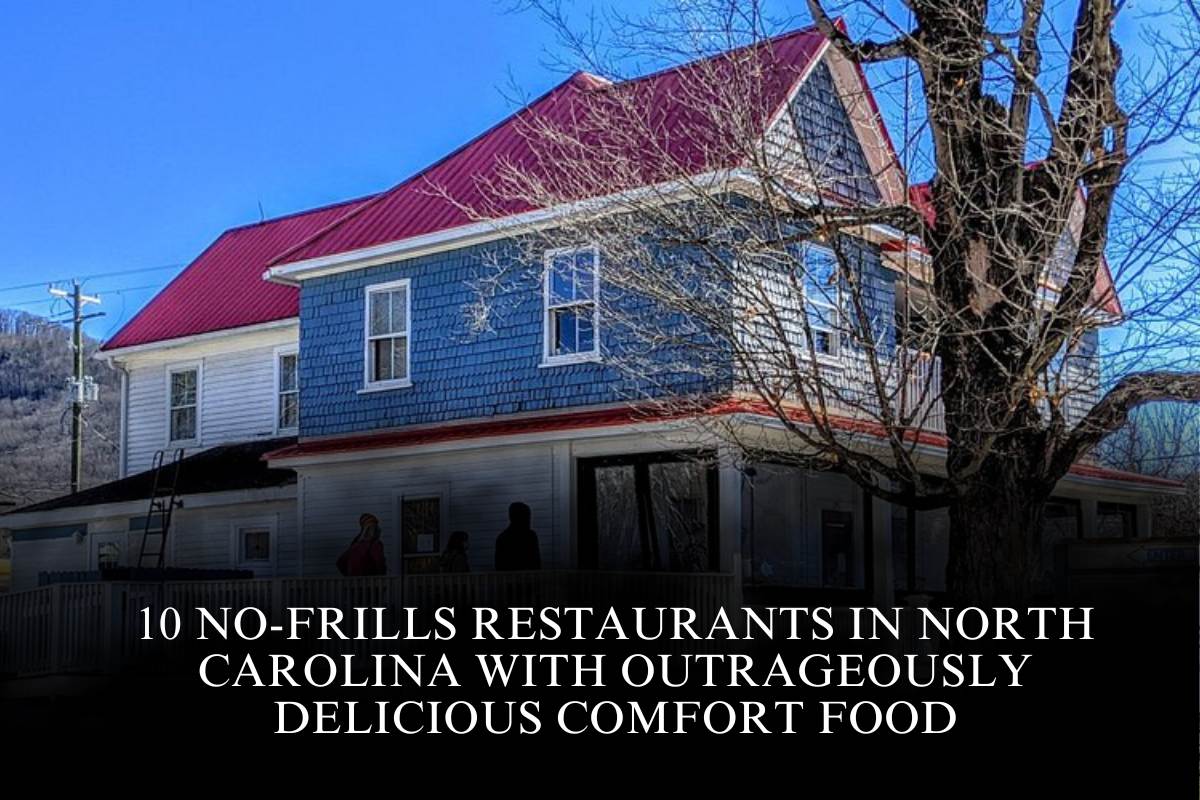On July 8, 1877, the New York Herald declared that Deadwood, a South Dakota town near the Black Hills founded on land stolen from the Lakota Indians, “was beyond question the wickedest spot this side of the infernal regions.”
According to writer Peter Cozzens’ “Deadwood,” this viewpoint—which also appeared in the National Police Gazette, a popular men’s magazine, and dozens of Edward L. Wheeler’s “Deadwood Dick” dime novels—hardened the town’s reputation “as a place to hunt gold, gamble, consort with prostitutes, and then die brutally.”
Cozzens, author of “The Earth Is Weeping: The Epic Story of the Indian Wars for the American West” among many other books, provides an often-interesting account of this iconic frontier town’s early years.
“Deadwood” dispels myths about the town’s colorful characters.
When Wild Bill Hickok was shot in the back of the head while playing poker, Cozzens reveals that the legendary lawman was most likely not holding a pair of aces and a pair of eights, also known as the “dead man’s hand.”
Calamity Jane (Martha Jane Canary) was not like Wheeler’s heroine, who became an outlaw to exact revenge on men who had sexually abused her and to protect other women from a similar fate. She didn’t marry Hickok or try to find his killer.
The richly illustrated book also depicts everyday life in Deadwood.
Within months, newcomers to Deadwood erected hundreds of structures, including a church, a bank, a school, a hospital, several theaters, and numerous saloons, gambling halls, and houses of ill repute.
The town ran its own newspaper. Merchants funded the final leg of a telegraph line. Residents overwhelmingly voted to form a local government, which established a police force and adopted regulations governing the sale of gunpowder, the location of a slaughterhouse, and the upkeep of roads, alleys, sidewalks, and a cemetery.
Cozzens claims Deadwood had a well-deserved reputation for ethnic diversity and racial tolerance, though he exaggerates slightly.
Unlike many towns in the West, Deadwood allowed Chinese residents to own property. Cozzens acknowledges, however, that the majority of Chinese residents worked as laborers, servants, or launderers, jobs that white workers considered beneath their dignity. Furthermore, whites’ political affiliation influenced their goodwill toward the small number of Black people. Democrats, for example, harassed them, barring them from juries and voting.
Not surprisingly, Cozzens devotes a lot of space to crime.
Miners carrying gold dust, he notes, were easy targets. Fistfights were common, usually involving gambling or women. Pistol whippings and accidental shootings occurred more frequently than gunfights.
Stagecoach robbers frequently encountered locked boxes that they were unable to open. Jury verdicts, particularly the acquittal of Hickok’s killer, were frequently inexplicable.
When mines began to run dry in the late 1870s, we learn, Deadwood’s population fell. In September 1879, a massive fire destroyed the town’s entire business district, displacing over 2,000 citizens.
Deadwood attempted to rebuild with limited success, but Cozzens writes that its “days as the gritty epitome of the Wild West were over.”
Deadwood continues to thrive, thanks to lucrative “historic attractions,” such as a Wild West Shootout. It, like Cozzens’ book, exemplifies a postmodern paradox: dispelling myths can increase our enjoyment of them.
